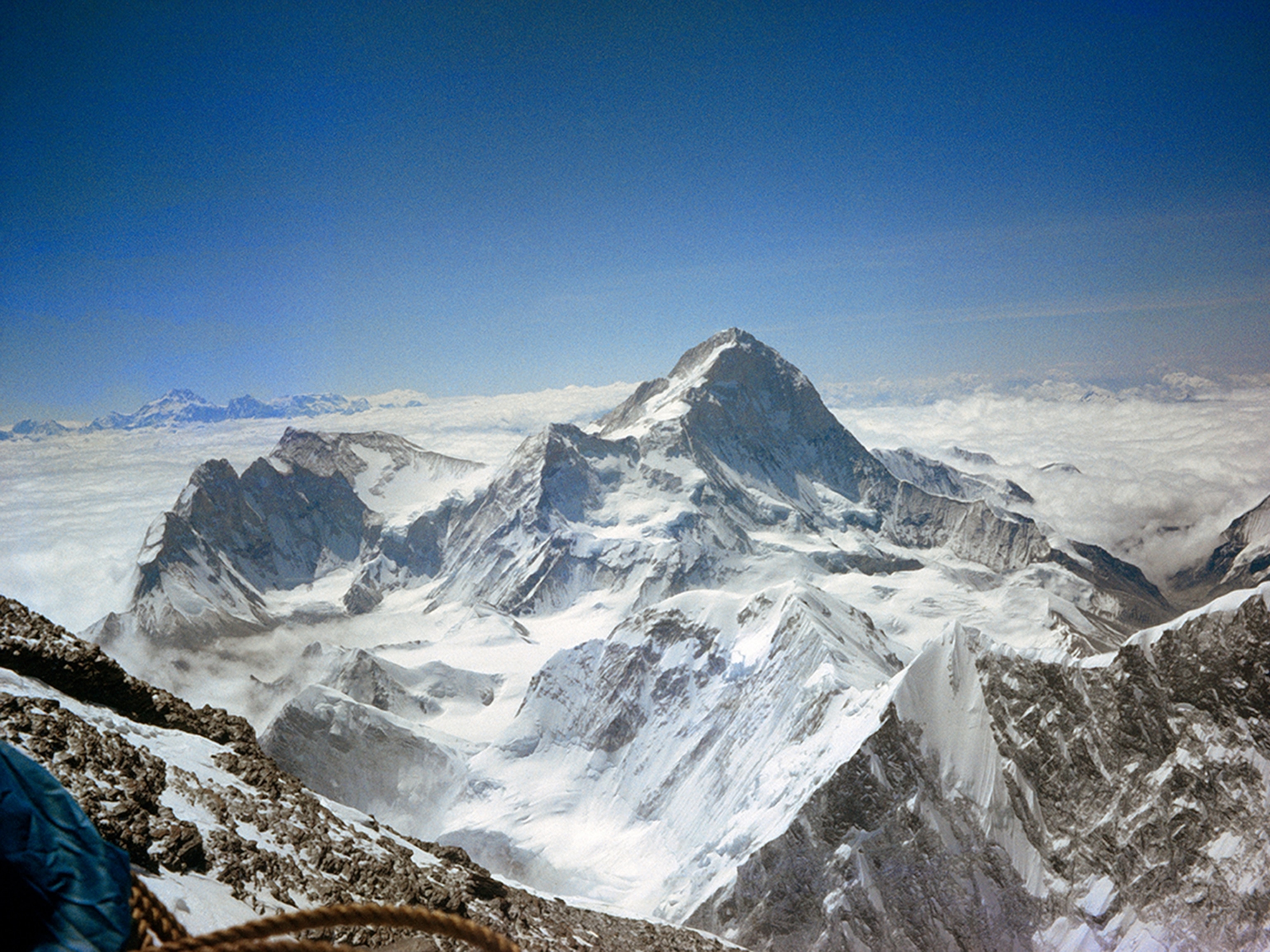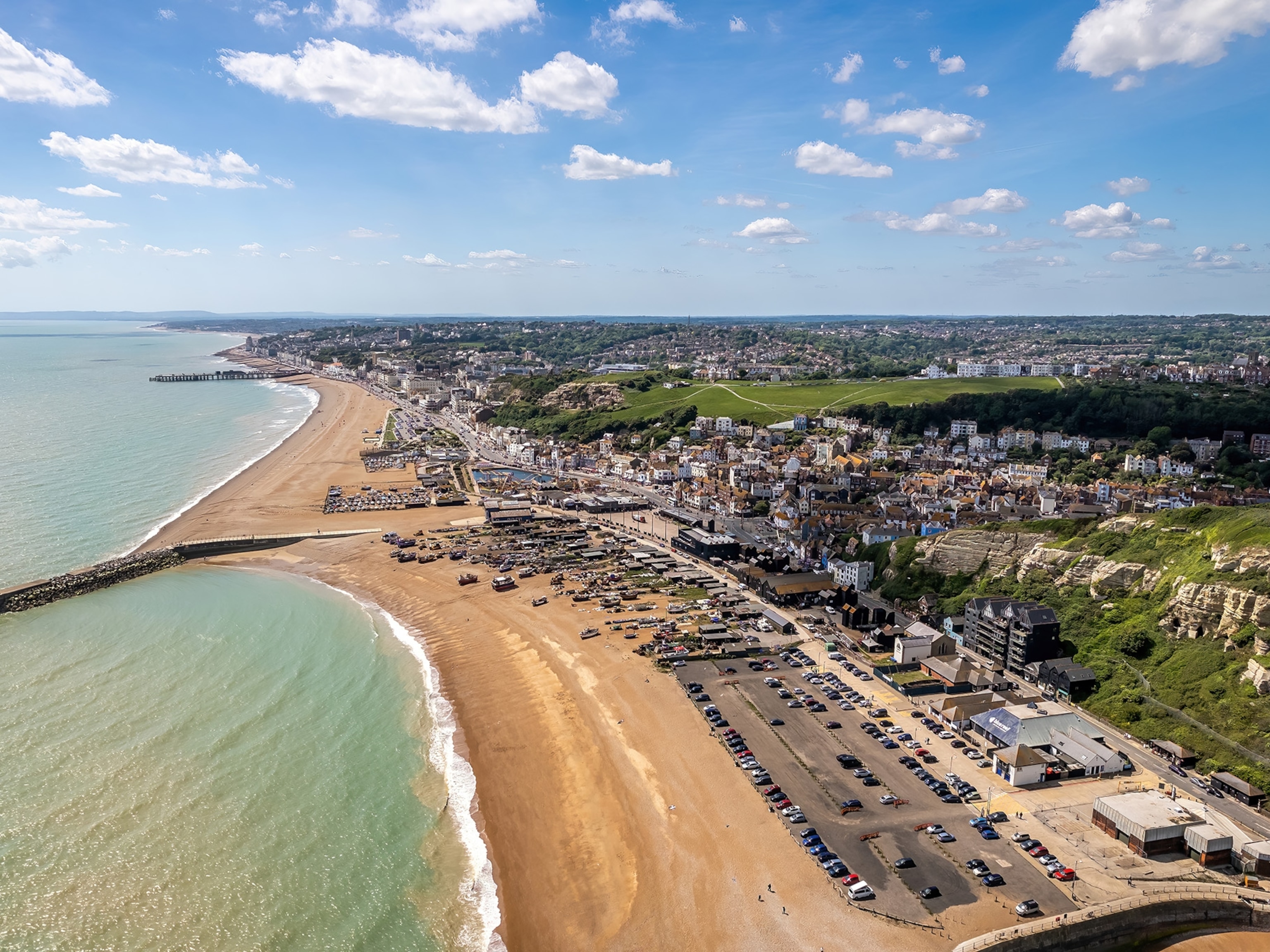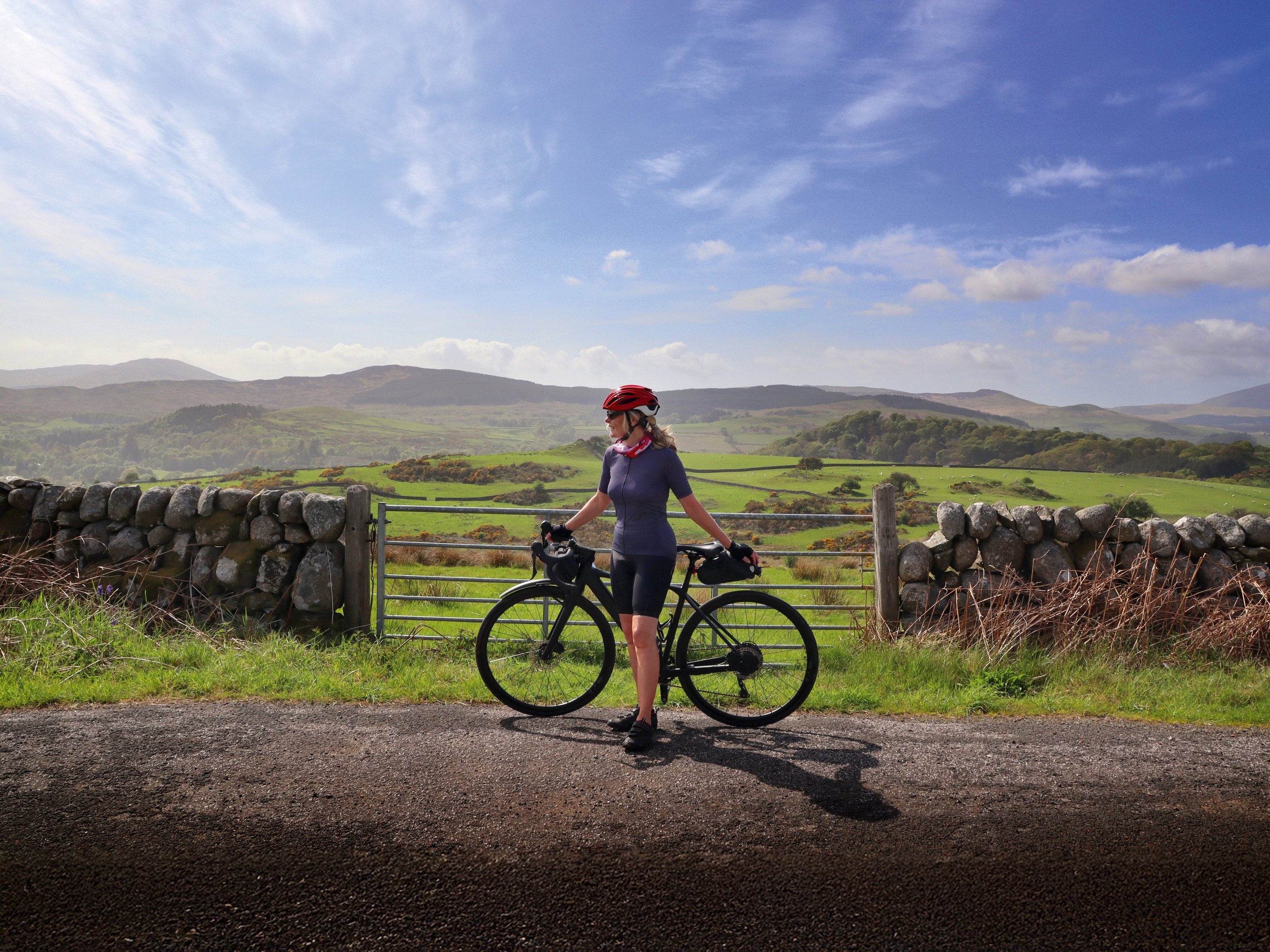Make a Splash: Climbing Cliffs Over Deep Water in Oman
In Oman, Mark Synnott climbed cliffs hanging over water. Without ropes, of course! He talks about the sport called deepwater soloing.
Mark Synnott, a professional mountain guide and North Face athlete, led an expedition to Oman's rugged Musandam Peninsula with a team that included Alex Honnold and Hazel Findlay, two of the world's most talented young rock climbers.
(Read "Impossible Rock" in National Geographic magazine.)
Much of the climbing in Oman was deepwater soloing—ascending seaside cliffs without a rope—a relatively new form of the sport that Synnott describes in an interview this week with contributing writer Peter Miller.
What is deepwater soloing?
Deepwater soloing is basically free soloing, but you're doing it above water. Free soloing is rock climbing without a rope. A lot of non-climbers confuse it with free climbing. Free climbing is climbing a rock with your hands and feet, but you have a rope for protection in case you fall. When you free solo, falling is not an option.
But with deepwater soloing, you can safely fall.
Exactly. You can fall from heights where you could never fall over the ground. If you were to fall 30 feet and hit the ground, you could be dead. But if you fell 30 feet into water, you're pretty much fine.
Does that allow you to try more difficult climbing?
Yes, it lets you push yourself to your limits. I would be a perfect example of that. When I climb without a rope over land, I only do it to a level of difficulty below what I'm capable of. But if I go deepwater soloing, then I'm willing to climb right up to my ability or even beyond it. That's what's unique about it.
Does it feel different to solo over water?
It does. Whenever I've soloed over land, it was all about total control. You have to be 100 percent confident that you're going to succeed. But deepwater soloing's not like that at all. I was close to 100 percent confident that I was not going to succeed. As I was going up, I was thinking to myself, okay, I wonder where I'm falling off this thing. I wonder where I'm going to land. I wonder if I'm going to land on my back.
What did it feel like when you fell?
It was scary. Typically, when you're deepwater soloing, you're climbing beneath an overhang and you're upside down. If your handholds break or you slip off and you're not ready to swing your feet out, you land on your back. That was really scary for me.
Scarier than falling with a rope?
Yeah, much scarier. Falling with a rope can be scary if there's something you're going to hit. But if it's a clean fall and you have the right belayer, you fall in a controlled way. It's like a little bungee jump. It doesn't really hurt you.
What made Oman a good place for deepwater soloing?
We estimated there was something like 100 to 150 miles of coastline on the Musandam Peninsula that were essentially all cliffs coming out of the ocean. That's a lot. You can put in ten new routes in a span of 50 feet. Think about 100 miles of that, how many new climbs there could be.
Did you do a lot of new routes there?
Yeah, a lot of the climbs had never been done before. We didn't know what the difficulty would be, whether the holds would break off. But for a lot of climbers, like Alex, Hazel, and me, finding rocks that people haven't climbed before is the ultimate adventure in climbing.





